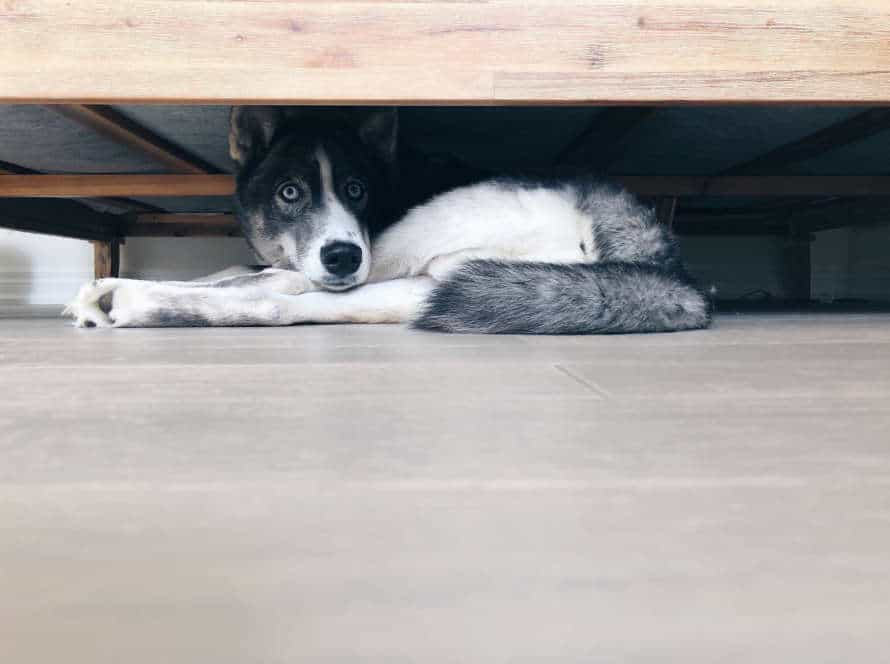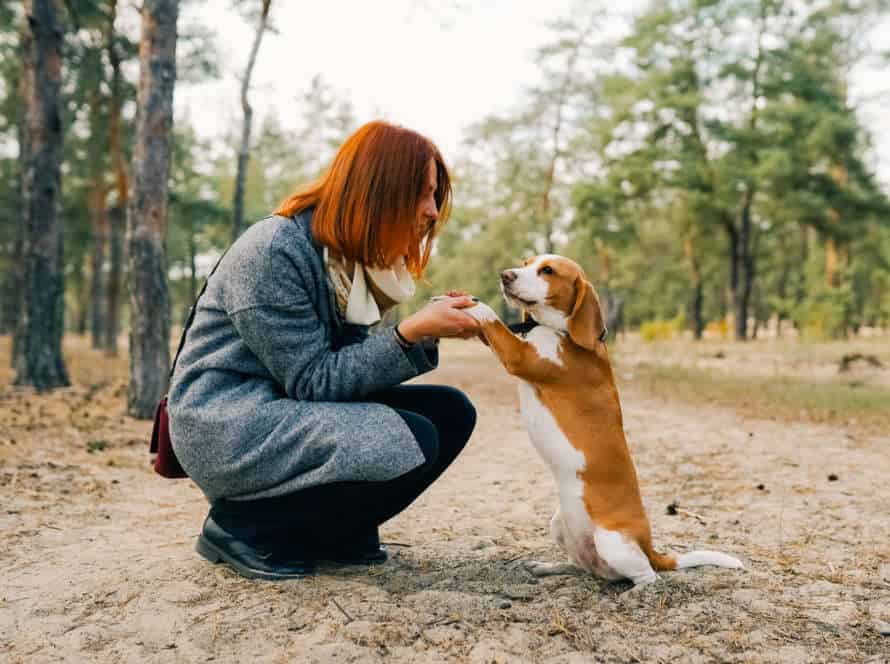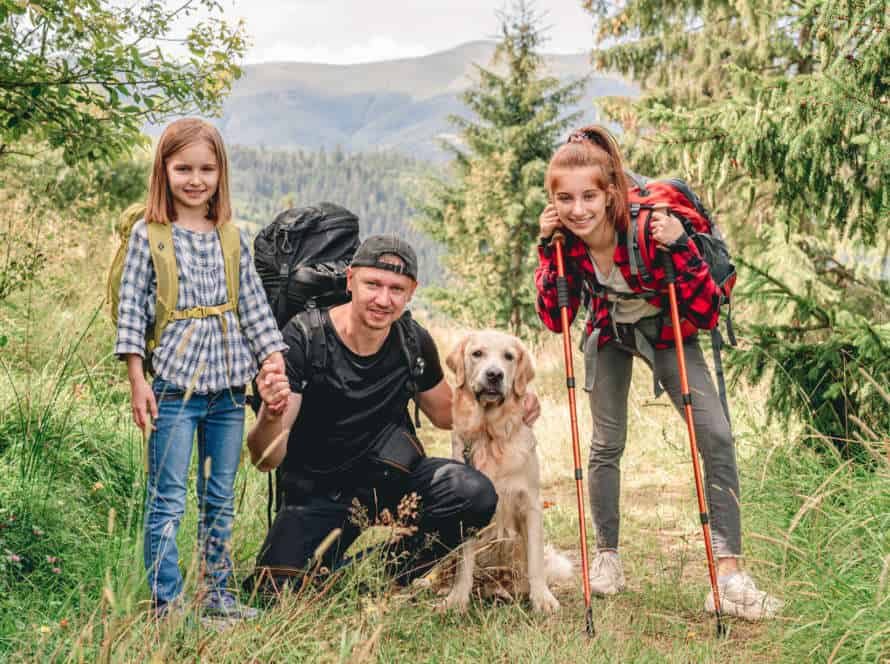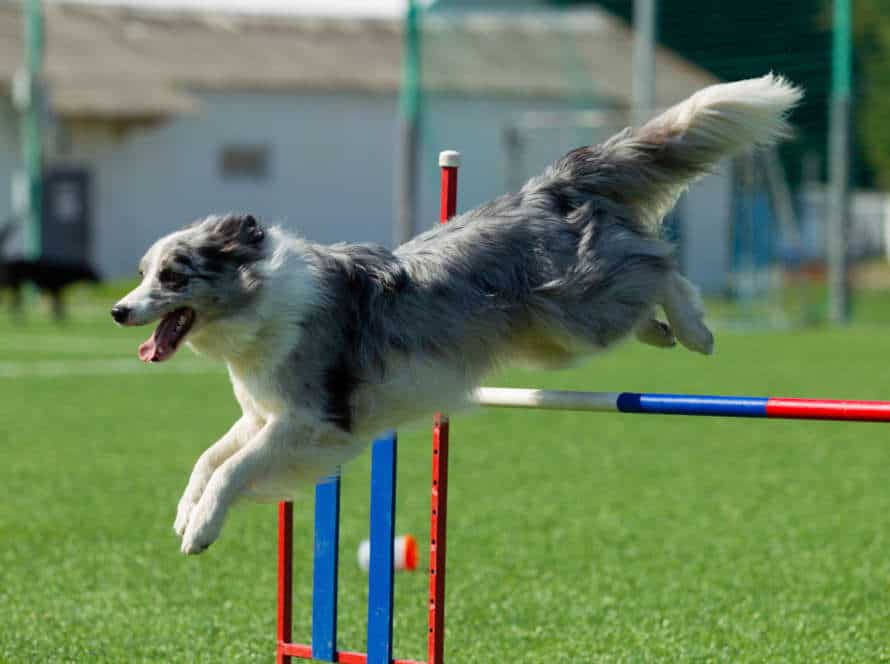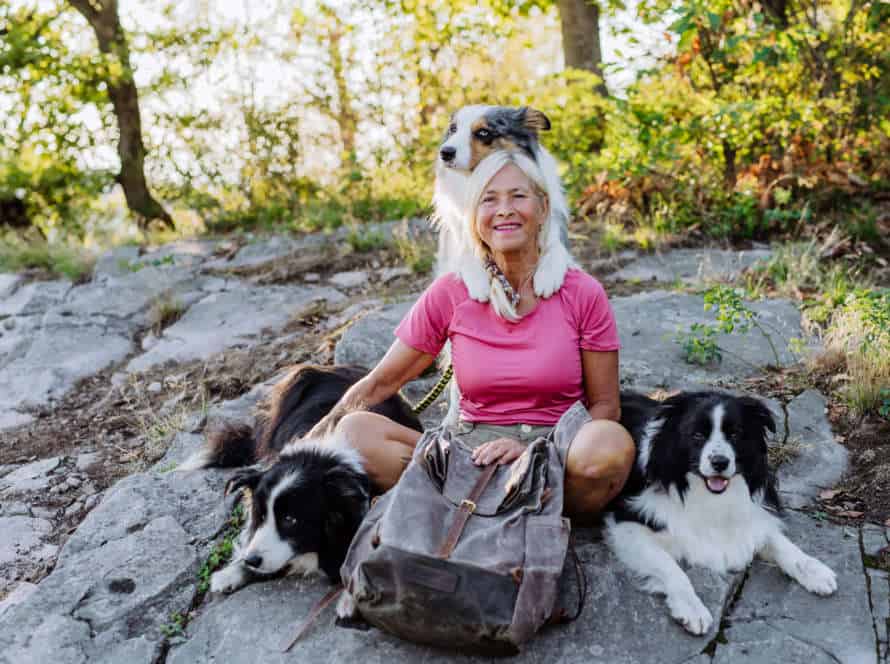New Dog Checklist: Ensuring a Smooth Introduction
A new pup brings a huge change to your life! So, here’s a checklist to make sure everything goes smoothly:
- Buy the basic stuff like a collar, leash, food/water bowls, crate, and toys.
- Make a comfy space for your pup – a bed or crate if necessary.
- Get rid of any hazards and decide what’s allowed and what’s not.
- Visit a vet for a checkup, shots, and neutering/spaying (if needed).
- Find a dog trainer and enroll your pup in a program.
- Introduce your pup to family and pets gradually, with supervision, in a relaxed atmosphere.
Follow the checklist and remember to show your pup lots of love and patience as they adjust to their new home.
Preparations before Your Dog’s Arrival
A new pup in the house? Exciting! But, steps must be taken for a smooth transition. Before pup-day, consider these preparations:
- Get the pup-space ready.
- Buy the right supplies.
- Learn about the breed.
- Train your pup.
Ensure your house is dog-proofed
Before you bring your doggo home, it’s essential to dog-proof your house. This makes sure your pup’s introduction goes smoothly, plus keeps them safe from any risks. Here are some tips to keep in mind:
- Move medications, cleaning supplies, & other hazardous things out of reach.
- Secure loose electricity cords and wires.
- Keep small stuff like coins, jewelry, buttons away from your pup.
- Don’t leave food alone on tables or countertops.
- Block off locations you don’t want your pup accessing, e.g. stairs or rooms with breakable items.
Doing this will create a comfy, safe home for your pup. Pro tip: Before bringing your pup home, get down on all fours and check for any potential hazards from their perspective.
Purchase necessary supplies
Congrats on the new fur pal in the family! Before your pup arrives, it’s important to buy the supplies for a smooth transition to their home. Here’s a list to get you started:
- Collar and leash. Get one that fits well, with an ID tag.
- Food and water bowls. Choose durable and easy-to-clean ones that are the right size for your pup’s breed and size.
- Dog food. Ask the breeder or rescue org what they were eating, and get the same brand to avoid tummy troubles.
- Bedding. Give your pup a comfy, secure place to sleep.
- Toys and chews. Pick a variety to keep your pup entertained and thinking.
- Training supplies. Get treats, clickers, and other things to help teach them commands and manners.
Pro Tip: Don’t forget to puppy-proof your place. Take away any dangerous stuff and put valuables out of reach.
Decide on a veterinarian
Finding a great vet for your pup is crucial for their health and happiness. Here’s how to pick the perfect one:
- Get recommendations from family, friends, and other pet owners.
- Browse online for reviews and testimonials.
- Visit the office and meet the staff, check it out.
- Ask about their services – like preventative care, emergency help, and boarding.
- See if they’re experienced with your dog’s breed and any health issues.
Having a reliable vet will give you peace of mind and help your pup live a long life!
Introducing Your Dog to Its New Home
Joy and enthusiasm should fill the air when you bring your new pup home! To make the transition easier and build a strong bond with your dog, keep these tips in mind:
- Introduce your pup to its new environment.
- Take time to adjust.
- Create a safe and comfortable space.
- Allow your pup to explore.
- Show lots of love and patience.
Introduce Your Dog to Each Room of Your Home
Introducing your pup to different rooms in your home? Essential! Here’s the how-to:
- Start with the room they’ll spend most of the time.
- Let them explore familiarised with the environment at their own pace.
- Reward them with treats and compliments when they show a peaceful behaviour.
- Continue introducing them to other rooms gradually.
- Be there to monitor your pet all the time.
- Patience and consistency will help your furry friend feel at home and become a part of your family.
Establish Eating and Drinking Locations
Creating designated places to eat and drink is a must when welcoming your dog to its new home. It helps them feel safe. Here are some ideas to follow:
- Pick a quiet, low-traffic area in your house for the food and water bowls.
- Keep the bowls in the same spot all the time. This builds a sense of routine.
- Use bowls with non-slip bottoms to stop spills and mess.
- Always keep fresh water and change it daily.
- Wash the bowls with soap and hot water to keep bacteria free.
By setting up a consistent and secure spot to eat and drink, the transition into their new home will be less stressful. Pro-tip: To make the experience better, put a comfy bed or blanket close-by. This creates a “feeding station” where your pup can relax and savour their meal.
Identify and Block Off Unsafe Areas
Introducing your pup to its new home? Identify risky areas. Block them off. Here’s how:
- Staircases, balconies, pools: all dangerous.
- Pet gates or barriers keep your pup safe.
- Toxic chemicals, sharp objects, cords – keep these away.
- Doors and windows closed, screened – no escapes or trouble.
Take these steps and your pup will feel secure in their new home.
Building a Relationship with Your Dog
Introducing yourself to your pup? Critical! It’s a step to build a positive relationship. Take time to get to know your pet and make them feel safe. Here are some tips for introducing and making the transition for them smooth:
- Familiarise yourself with your pup.
- Ensure they’re comfortable in their new environment.
- Set the foundation for a strong bond.
Reassuring your dog
Reassuring your pup is a must for having a good connection.When you bring home a new doggo, it’s key to make sure the transition is easy. To help with anxiety and stress, here are some tips!
- Give ’em space.Dogs can be overwhelmed in novel places. Get them a quiet and calming spot, away from loud noises and hustle.
- Go slow with new people and pets.Introduce your pup gradually in a neutral place. Give them time to get to know each other.
- Be consistent.Dogs love routine and predictability. Training, feeding, and exercising regularly will make them feel safe.
- Show plenty of love.Cuddling and playing will help you both bond.
Building a relationship with your dog takes time, patience, and dedication.With effort, you can have a life-long partnership with your furry friend!
Patience is key to building a relationship
Building a strong bond with your pup requires lots of patience, time, and effort. Here’s how:
- Spend quality time with them routinely. Take walks, play and cuddle to build trust.
- Train them positively with praise, treats and encouragement. This will make the relationship based on love and respect.
- Be patient – it takes time to build a solid connection.
- Get to know their personality. Adapt your interactions to their needs.
- Slowly introduce them to their new home. Create a peaceful atmosphere so they feel secure.
By consistently and patiently investing in your relationship, you’ll be blessed with a loyal and loving pup for years to come.
Start with simple commands
Creating a bond with your pup? Start with the basics! Here’s some commands to get going:
- “Sit“: Hold a treat close to their nose and move it up. As their head follows, their bottom should lower. Say ‘sit’ and give them the treat when they do.
- “Stay“: Ask them to sit, and then open your hand with a treat in it. Close your hand and say “stay”. After a few seconds, give them the treat and let them go.
- “Come“: Put a leash and collar on them, squat down and say “come”. When they come, reward them with a treat.
- “Down“: Ask them to sit, and then hold a treat close to their nose. Move your hand to the floor, and their elbows should touch the ground. Say “down” and give them the treat when they do.
Pro Tip – Patience and consistency is key for a strong relationship with your pup! Reward their good behavior, and soon enough they’ll be a wonderful addition to the family.
Managing Your Dog’s Health
Welcome a new pup to your home! Ensure their health needs are taken care of. Manage their health, and create a happy, healthy bond. Let’s discuss the steps for setting up pup success with managing their wellness.
- Schedule a visit to the vet: Within the first few days of bringing your pup home, schedule a visit for a checkup and vaccinations.
- Establish a healthy diet: Consult with your vet about feeding and dietary requirements. Provide high-quality dog food and healthy treats to keep your pup at a healthy weight.
- Exercise and playtime: Develop a routine for regular exercise and playtime with your pup. This helps with bonding and keeping them physically and mentally stimulated.
- Grooming and hygiene: Regular grooming keeps your pup clean and healthy. This includes brushing their coat, cleaning their ears, and brushing their teeth.
- Training and socialization: Training and socialization help to create a happy and well-behaved pup. Enroll your pup in obedience classes and socialize them with other dogs and people.
- Regular checkups: Bring your pup in for regular checkups to monitor their health and catch any potential issues early on.
Schedule a visit to the veterinarian
Book a vet visit for your new pup! This is so important to keep them healthy and up-to-date with vaccinations.
At the visit, the vet will do a physical check-up, plus suggest preventive care and treatment. Vaccinations for rabies, distemper, adenovirus, parvovirus, and leptospirosis should be given.
The vet will also provide info on nutrition, grooming, and any health concerns for your specific breed and age.
Remember to schedule regular check-ups to keep your pup healthy and prevent any health issues.
Pro tip: Jot down questions and worries before the visit. That way, all your doubts will be cleared!
Ensure your dog is up-to-date on vaccinations
Securing your pup is current on immunizations is a must for keeping their wellbeing and guaranteeing their endurance as part of your family. Vaccines help guard dogs from a variety of ailments that can be risky and even fatal if left untreated, like rabies and distemper.
So, what’s the most ideal approach to guarantee your dog is completely vaccinated? To start with, plan a visit to your vet. They will have the option to give you an immunization schedule customized to your dog’s necessities, considering their breed, age, and generally speaking health.
Remember to monitor your dog’s immunization plan and bring them in for ordinary check-ups to keep up their general wellbeing. By doing this, you will be making a critical stride towards guaranteeing a cheerful and sound life for your furry companion.
Establish an exercise routine for your dog.
Creating a workout plan for your pup is key for their physical and mental wellbeing. This can help keep them fit, expend their energy, and stop health issues such as plumpness, joint troubles, and cardiovascular disease. Here are a few tips to make a routine:
- Work out the ideal exercise for their breed, age, and state of health.
- Take their energy level and character into account when designing the plan.
- Begin slowly and steadily raise the time and intensity of the workout.
- Mix up the activities, like going for a walk, running, playing fetch, and swimming.
- Speak to your vet to make sure your pup is in good enough shape for exercise and to discover the frequency and intensity of exercise.
Pro tip: Always make sure there is fresh drinking water available for your pup during exercise and don’t exercise outside in extreme heat or cold.
Frequently Asked Questions
1. What should I prepare for my new dog’s arrival?
Before you bring your new furry friend home, make sure you have all the essentials such as food and water bowls, a comfortable bed, leash and collar, and dog food. You may also want to consider purchasing toys and treats to help your dog feel welcomed.
2. How can I introduce my new dog to other pets I have at home?
The best way to introduce your new dog to other pets is to do it slowly and carefully. Keep the introduction brief and closely supervised, and don’t force the animals to interact if they don’t seem comfortable. Allow them to get used to each other’s scent by swapping their bedding or toys before the introduction.
3. What training should I start with my new dog?
The first training you should start with your new dog is basic obedience such as sit, stay, come, and heel. This will help your dog understand the house rules and build a solid foundation for more advanced training later on.
4. Should I take my new dog to the vet right away?
Yes, it is important to take your new dog to the vet for a thorough checkup and to set up a vaccination schedule. This will help keep your dog healthy and prevent any potential health issues.
5. How can I help my new dog adjust to its new home?
Give your new dog time to adjust to its new surroundings and establish a routine. Provide plenty of positive reinforcement and affection, and gradually introduce them to new people, places, and experiences. Consistency and patience are key.
6. What should I do if my new dog exhibits behavior problems?
If your new dog exhibits behavior problems such as chewing, digging, or barking excessively, it’s important to address the issue promptly. Consult with a professional dog trainer or a behaviorist to identify the cause and develop a solution.


